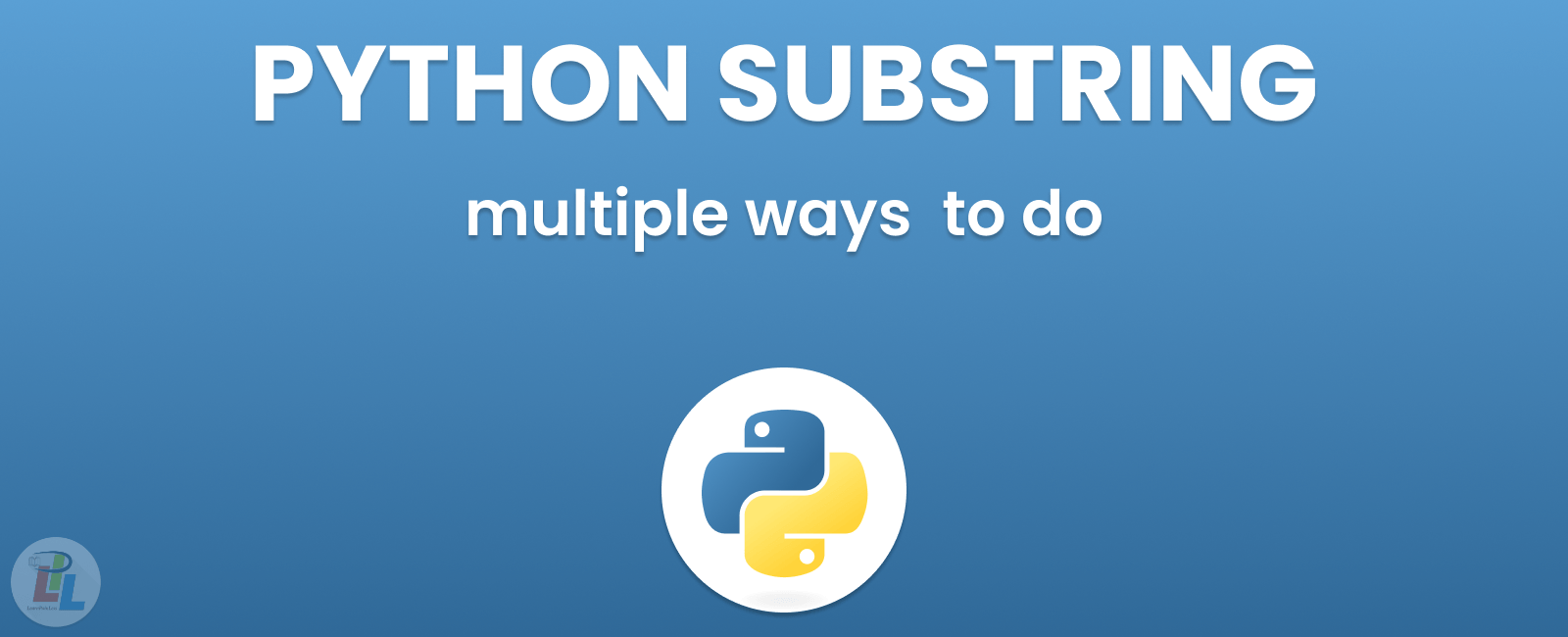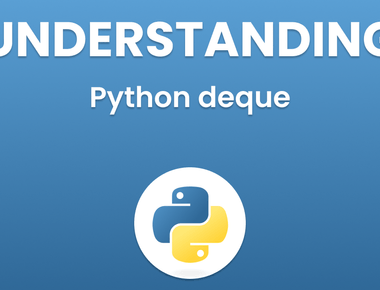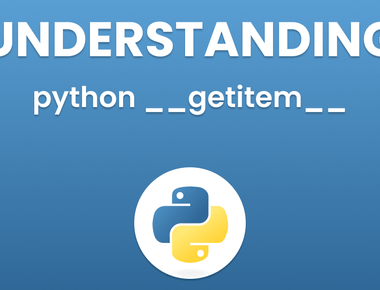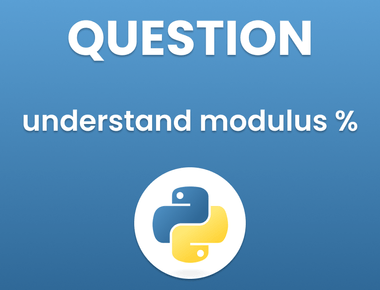Table Of Contents

Are you ready to dive into the fascinating realm of Python substring? If you’re a coding enthusiast or a Python newbie, you’ve landed in the right place. Python, a versatile and widely-used programming language, offers powerful tools for working with strings, including substrings.
In this comprehensive guide, we’ll unravel the intricacies of Python substring step by step. From understanding the basics to diving into advanced techniques, we’ve got you covered. By the end of this journey, you’ll have a deep understanding of how to manipulate and harness the potential of substrings in Python.
So, let’s start our exploration with the fundamentals.
Python Substring Basics
What is a Python Substring?
A Python substring is a contiguous sequence of characters within a string. It is essentially a portion of a larger string that you can extract or manipulate. Python provides several ways to work with substrings, making it a flexible tool for string manipulation.
How to Access a Substring in Python
To access a substring in Python, you can use the square bracket notation.
Here’s a simple example:
original_string = "Hello, World!"substring = original_string[0:5] # Extracts characters from index 0 to 4print(substring) # Output: Hello
In this example, we’ve extracted the substring “Hello” from the original string “Hello, World!“.
Extracting Substrings with Slicing
Python offers powerful slicing techniques to extract substrings efficiently. You can specify the start and end positions to retrieve the desired substring.
For example:
text = "Python Programming"substring = text[7:18] # Extracts "Programming"
Finding Substrings
Python also allows you to locate substrings within a string using the find() method or index() method. These methods return the starting index of the first occurrence of the substring.
text = "Python is amazing. Python is versatile."index = text.find("is") # Finds the first occurrence of "is"print(index) # Output: 7
Advanced Substring Techniques
Reversing a String
You can easily python reverse string using slicing.
Here’s a neat trick:
original_string = "Python"reversed_string = original_string[::-1] # Reverses the stringprint(reversed_string) # Output: 'nohtyP'
Splitting a String into Substrings
Python’s split() method allows you to split a string into a list of substrings based on a specified delimiter. This is incredibly useful for parsing data.
data = "John,Doe,30"info = data.split(",") # Splits the string into a listprint(info) # Output: ['John', 'Doe', '30']
Removing Whitespace from Substrings
Trimming leading and trailing whitespace from substrings is essential. Python’s strip() method can handle this effortlessly:
text = " Python is awesome! "trimmed = text.strip() # Removes leading and trailing spacesprint(trimmed) # Output: 'Python is awesome!'
Python Substring FAQs
Can I modify a Python substring?
Yes, you can. Python strings are immutable, but you can create a modified version of a string with the changes you want and assign it to a new variable.
How can I check if a substring exists in a string?
You can use the in keyword to check for the existence of a substring within a string. It returns a Boolean value indicating whether the substring is present.
What is the difference between find() and index() when searching for a substring?
find() returns -1 if the substring is not found, while index() raises a ValueError. Use find() when you’re unsure whether the substring exists to avoid errors.
Can I split a string into multiple substrings based on multiple delimiters?
Yes, Python’s split() method allows you to specify multiple delimiters by passing a regular expression pattern.
Is it possible to slice a string with a negative step value?
Absolutely! A negative step value in slicing allows you to traverse the string in reverse order.
How do I count the occurrences of a substring in a string?
Python provides the count() method, which returns the number of non-overlapping occurrences of a substring in the string.
Conclusion
Congratulations! You’ve just unlocked the potential of Python substring. You’ve learned how to extract, manipulate, and utilize substrings effectively in Python. These skills are invaluable when working with text data, parsing information, or any task involving string manipulation.
So, go ahead and experiment with Python substring in your projects. With this newfound knowledge, you’re well-equipped to tackle string-related challenges efficiently. Happy coding!
Subscribe to our newsletter!
Related Posts
Quick Links
Legal Stuff
Social Media







